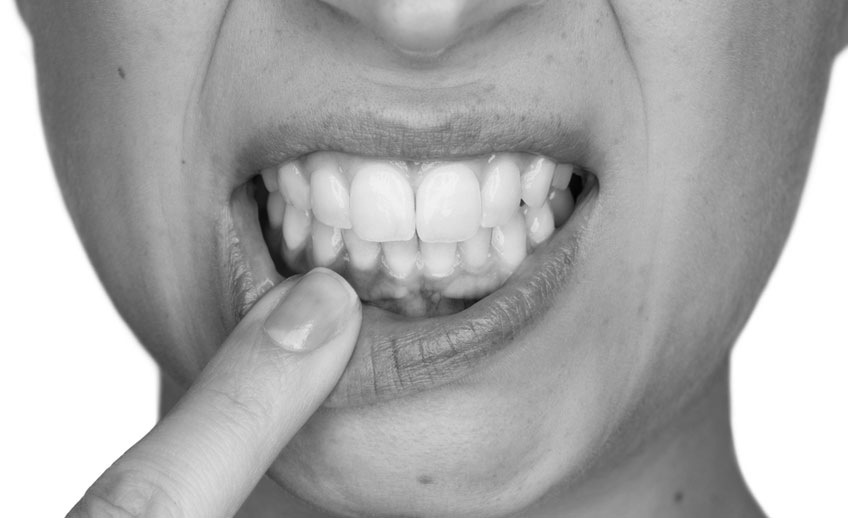Treatments for Gum Disease

Gum disease refers to gum inflammation that gradually progresses to a level where the bone and other support tissues around your teeth become affected. Gum disease is identified by three clearly distinct stages (gingivitis, periodontitis and advanced periodontitis). Research done by the CDC (Centers for Disease Control and Prevention) found that nearly half of all Americans aged 30 and above suffer from periodontitis. While the disease may be common, the doctors at Green Dental Care assert that the progression of this disease can be arrested at any stage. The following are some of the available treatments for gum disease.
Nonsurgical Treatment for Gum Disease
The first way to treat periodontitis involves a nonsurgical approach called scaling and root planing (SRP). This conservative treatment can be done by a hygienist at Green Dental Care or by either Dr. Christopher Green or Dr. Andrei Ionescu.
The process entails scraping the surface of the teeth and the roots in order to remove any calculus (tartar) and plaque that has accumulated there. After scaling, the treated surfaces are smoothened so that there are no rough spots where bacteria can thrive.
Dr. Christopher Green, an experienced dentist in Parker CO, explains that more than one visit is normally needed to complete the SRP treatment. Have no worries about pain; a local anesthetic will ensure that you will hardly feel any discomfort while you are being treated.
After a few weeks, the Parker CO dentist will examine you to see how well you are healing. If everything is okay, no further treatment will be recommended. If you aren’t healing as expected, then additional SRP may be done or another treatment option may be tried.
Pocket Reduction Surgery
After scaling and root planing, if deep gingival pockets (the gaps between the gums and the teeth) remain, another step that may be taken is to schedule pocket reduction surgery. Dr. Andrei Ionescu, a dentist in Parker CO, explains this process. The gum tissue is folded back so that the bacteria hidden behind the flap is removed. The sections of the bone damaged by bacteria are also smoothed so that your gums can reattach to your teeth again.
Gum Graft Surgery
When periodontal disease advances, it can cause gum recession that makes the roots of your teeth to be exposed. Sensitivity and other problems result from this exposure. To fix this situation, the team at Green Dental Care may perform gum graft surgery.
Dr. Kacos a dentist in Shreveport LA, explains that the gum tissue will be taken from elsewhere, such as from your palate, and placed on the most affected roots of your teeth. Your teeth will no longer be sensitive and root decay will be arrested by this surgical intervention.

